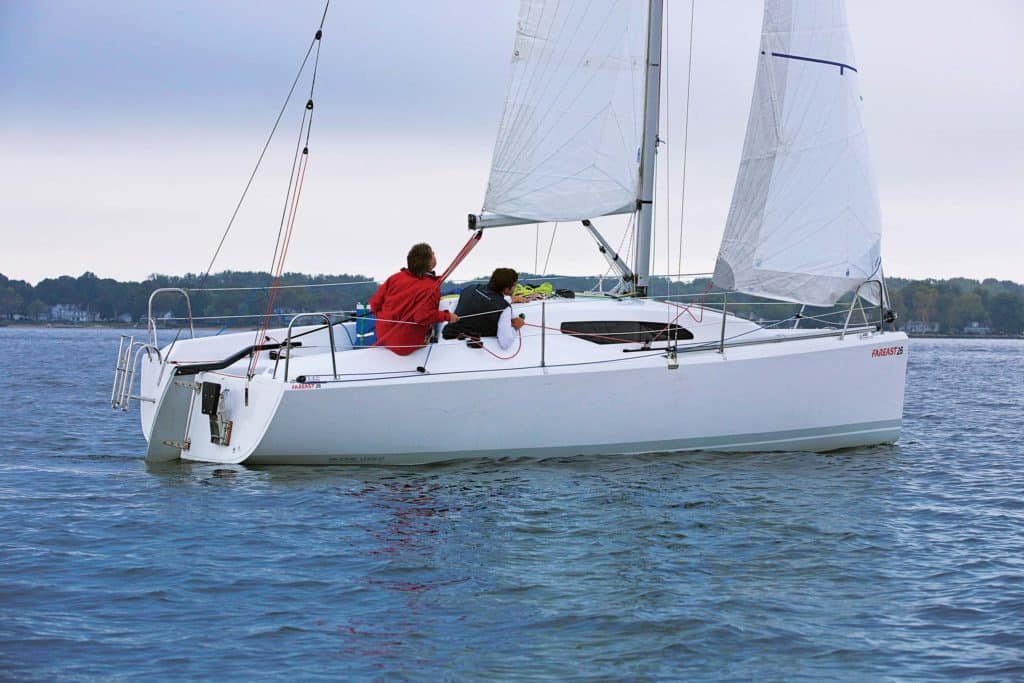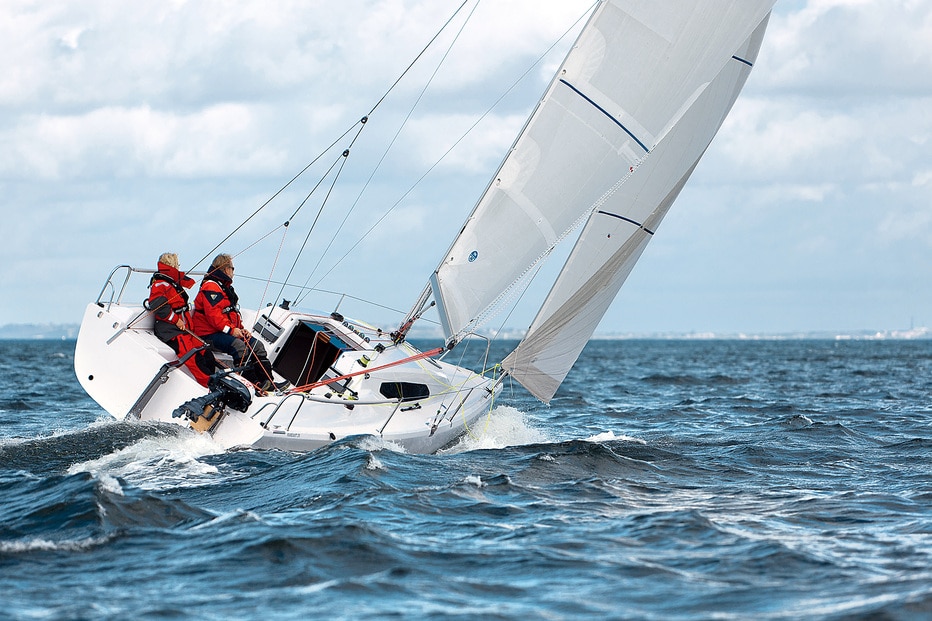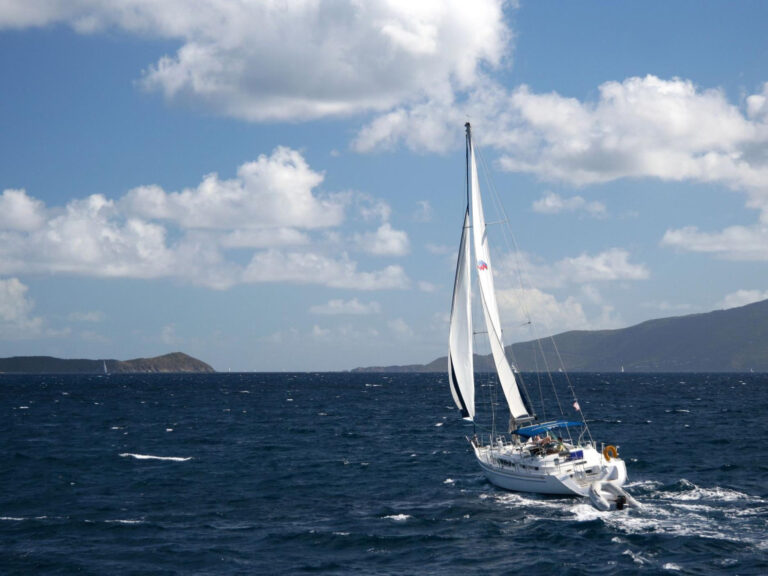
I heard three words at the 2013 Annapolis boat show that stopped me in my tracks: “the Chinese market.” Since the early 1970s we’ve seen plenty of sailboats built in China for U.S. or European markets — with famously inconsistent results — but never before this year had I encountered a boatyard targeting Chinese sailors.
A conversation with Dutch yacht designer Maarten Voogd enlightened me on that score. For more than two decades Simonis-Voogd Design has been turning out winning IMS maxis and production models for such companies as Dehler and The Moorings. Several years ago Voogd teamed up with the builders at Shanghai Far East Boats Co. Ltd. to develop one-design keelboats. In 2010, the Fareast 26 class was recognized in the China Cup International Regatta and the China City Club Regatta. Today 100 of these boats are sailing in China.
Before starting the Fareast 26 project, Shanghai Far East had become a leading builder of Optimist dinghies and rigid inflatable boats with a capacity of 5,000 boats per year. Voogd, having previously witnessed the same uneven quality from Chinese builders that we’ve seen, remarked on two things about the work from this builder. First, its craftsmanship with resin-infused composite construction is top-notch. Second, where its own expertise isn’t to that level, it brings in the help and suppliers it needs from outside. Voogd travels about once a month from Holland to Shanghai to coordinate design and construction.

The Fareast 26 we sailed proved the point. “I’m completely impressed with the Fareast fiberglass work,” said BOTY judge Ed Sherman. Rigs from Seldén and deck gear from Harken are nothing short of the industry standard for quality.
In its dimensions, the Fareast 26 is roughly comparable to a J/80. Her bow is more plumb, giving a waterline nearly a foot and a half longer on the similar 26-foot overall length. The slightly higher displacement of 3,648 pounds works out to a displacement-to-length ratio of 126, compared to 122 on the J/80. The sail-area-to-displacement ratio of both boats comes in at 27.
The Fareast cockpit is extremely spacious. As Voogd told us, Chinese sailors tend not to own boats individually but rather to share ownership through sailing clubs. Accordingly, this cockpit accommodates eight people.
As with many of the other sea trails in October, we sailed the Fareast in very light air. In a whisper that scarcely ruffled the Severn River surface, we gurgled along happily at 3.6 knots. As testament to the boat’s sailing ability even in those conditions, we never put the outboard on its bracket.
A lifting bulb keel makes the Fareast eminently trailerable, even ramp-launchable, while still providing more than 1,300 pounds of ballast 5½ feet below the water. The $50,000 sailaway price makes this fun boat a remarkable value.
Tim Murphy, a CW editor at large and a 2014 Boat of the Year judge, is the co-author of Fundamentals of Marine Service Technology (ABYC, 2012).




